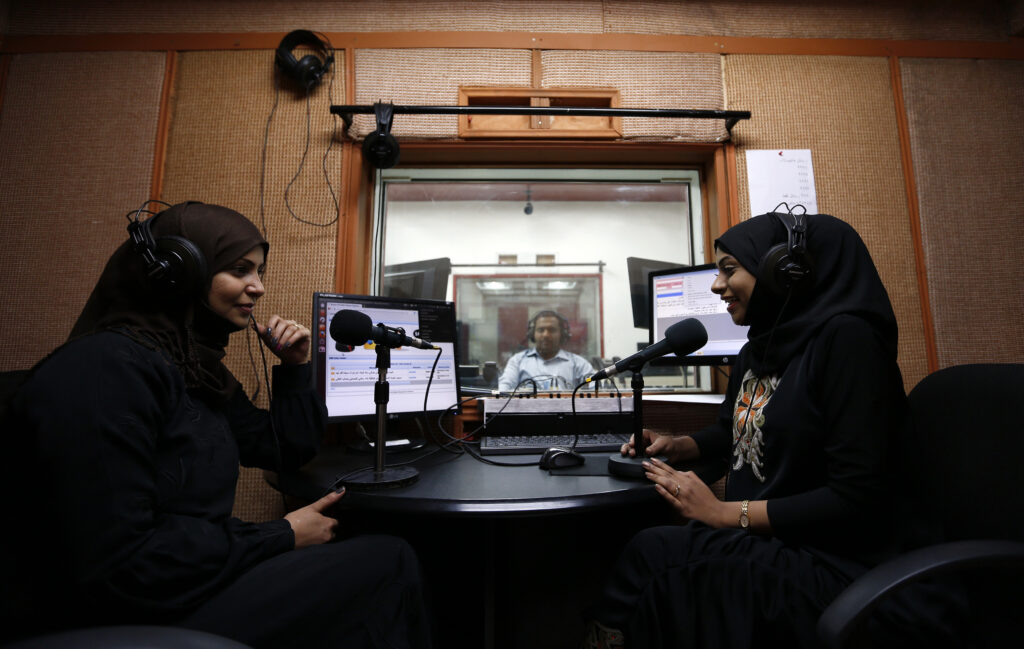
As the world tackles inequality and gender discrimination across many sectors, the news industry in Asia and the Pacific is falling behind with inclusivity – be it in quotes for stories, interviews, or even editorial decisions.
When the COVID-19 pandemic dominated world news, women were even less visible in online stories than during non-COVID news, especially in Latin America and Asia, according to a report by the Global Media Monitoring Project (GMMP).
“Women have been disproportionately affected by the COVID pandemic, and other shocks also, such as climate change or economic crises and conflict, but there is often little coverage about how these issues are affecting them differently, and how women are responding as leaders,” said Samantha Hung, the Chief of Gender Equality Thematic Group in the Sustainable and Climate Change Department at the Asian Development Bank (ADB).
Hung and other panellists were speaking at an online webinar titled ‘Tackling Inequality: Inclusion and Empowerment’. It was the third of a four-part series on ‘Media’s Role in a Sustainable Recovery in Asia and the Pacific’ hosted by ADB and the Thomson Reuters Foundation. The full recording can be viewed here.
Women in Asia made up only 21 percent of people seen, heard, or read about in newspaper, radio, television and digital news in 2020, which is below the global average of 24 to 25 percent, according to GMMP.
“One simple example is when we talk about the impacts of climate change on farmers and their crop yields, it’s usually a male farmer that is speaking. Yet we know that in many parts of developing Asia, the face of the farmer is female,” said Hung, who has more than 20 years of experience tackling gender inequality in the Asia Pacific region.
“Is the news media actually bringing out these inequalities at the forefront? I would say, probably not.”
Some journalists in Asia and the Pacific may argue that men are more forthcoming to give their views for stories, especially in areas where women are forced to take subordinate positions with restrictive voices – an issue of deep concern as it limits their education, economic opportunities and empowerment.
When women are unable to contribute to decisions that affect their lives, entire communities suffer, according to the Asia Foundation – a non-profit organisation that helps to empower girls and women across the Asia Pacific region.
Rinalia Abdul Rahim – Senior Vice President of Strategy, Communications and Engagement at the Internet Society, a non-profit where part of its work focuses on providing internet connectivity to rural areas and issuing grants to support the rebuilding of internet and infrastructure in small island nations and rural regions – pointed out that women, or women-led communities, rarely request technical support when connectivity is disrupted due to harsh climate conditions.
“I think that we need to empower women more and to have them be connected to organisations or global communities where they can feel comfortable and issue calls for help,” said Rahim.
“What we’ve seen during the pandemic over the last two years is that when people pivot to online modes of participation across everything they do, we see more women showing up,” said Rahim, highlighting a pertinent story angle that news media may have missed out on.
This issue is not just confined to Asia Pacific – according to a study from Luba Kassova in 2020, commissioned by the Bill & Melinda Gates Foundation, men are quoted in online news twice as frequently as women in the UK, three times more frequently in South Africa and in the U.S. … and six times more frequently in India.
While the study focused on the balance between women and men only, elements of the findings could also be applied to the news’ representation and portrayal of trans people and the LGBTQ+ community more broadly, the findings said.
“Media also often likes to use catchy nick names such as ‘Lady Boss’ or ‘She-E-O” and that may be witty and catchy, but it’s also really gendered language and in a way it reinforces the stereotype that it is not actually normal and quite atypical for women to be leaders,” remarked Hung.
Inside the newsrooms
Voices of women, or those from the LGBTQ+ community, are few and far between at senior management levels in many newsrooms in Asia and the Pacific too.
A survey done by the Reuters Institute of Journalism in 2020 showed that none of the news outlets in Japan had a female top editor. Based on the dataset of 10 countries surveyed – which included Japan, Hong Kong and South Korea– the results showed that only 23 percent of the 162 top editors across the 200 news brands covered were women.
“I’ve heard so many young journalists in international newsrooms say to me, ‘the environment here is toxic’, ‘they don’t promote me’, ‘they don’t do enough for me’,” said Manisha Tank, an anchor and correspondent at CNN. “We need to empower our younger journalists to know that they have choices, and that they can also affect change.”
Some global newsrooms have initiated programmes that focus on increasing gender diversity in-house, as well as in stories, and they also track workflows of reporters. The BBC has a 50:50 Equality Project, for example, where editorial teams share data about gender representation in their stories, said Ayeshea Perera, the Editor Asia Online at the BBC.
“Journalists are constantly reminded to update documents so that we can count (and) every month a tally is sent out to the newsroom so that we know how many women vis-a-vis men we’ve had on TV or radio or online, and it leads to some healthy competition sometimes because you’re like, ‘Oh, you know, such and such department has done better than us this time’,” said Perera.
Local media with shoestring budgets may not have the wherewithal to run such programmes, but it’s vital that newsroom leaders are mindful of gender representation in stories and provide support to women within editorial to ensure news is free from bias and carries the voice of the minorities.
Women journalists in some parts of Asia and the Pacific are still intimidated, challenged and ridiculed for doing their jobs, not to mention the online threats they receive for sharing their views and opinions. Yet, there are those that fight injustice and defy stereotypical norms, such as Khabar Lahariya, a weekly newspaper run by women from marginalised communities in North India.
“We need to create the psychological safe zones where our journalists can actually talk about these issues,” said Tank. “If we’re going to break away from the way that we’ve been doing things and address what is a series of existential crises, we have to go at it with innovative thinking, but we need the time to think, and our news editors and our managers need to create that time for that development to happen. We h
More News
View All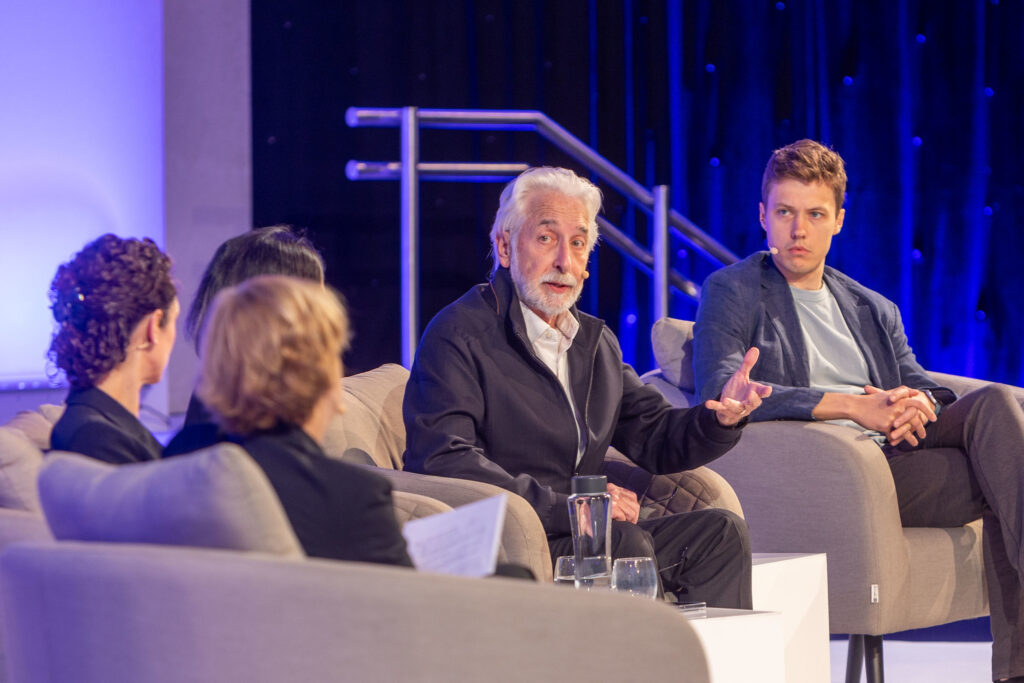
Trust Conference 2025: Disinformation, lawfare and aid cuts — Civil society’s fight for survival
Trust Conference, the annual flagship forum hosted by the Thomson Reuters Foundation,…
Read More
Professor Can Yeğinsu joins Thomson Reuters Foundation Board of Trustees
We are delighted to…
Read More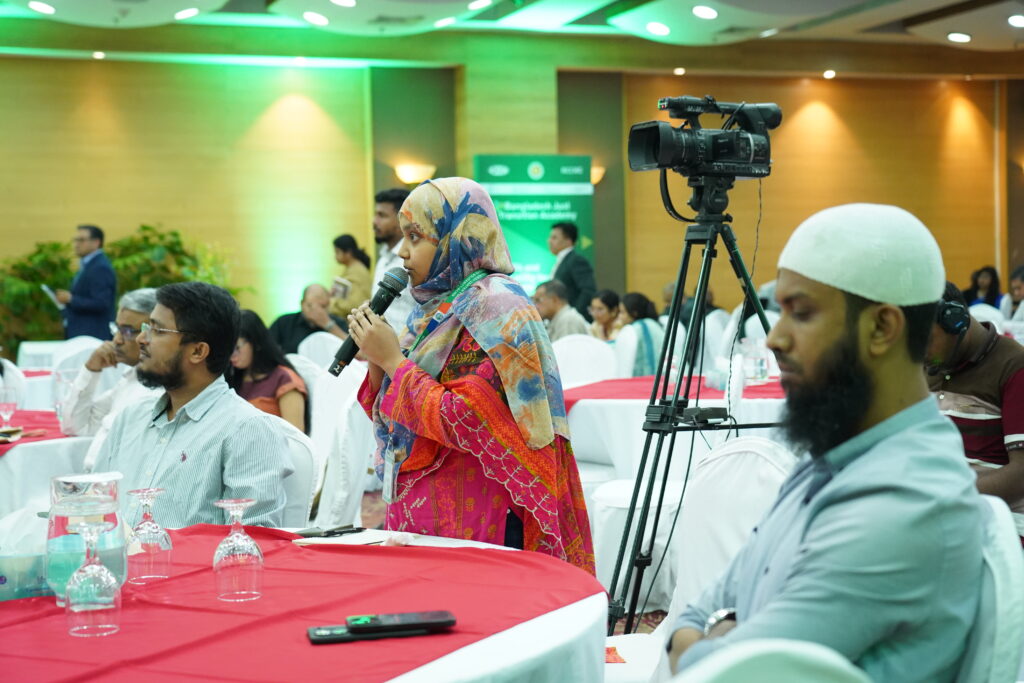
Top priorities for Just Transition in Bangladesh
In one of the world’s most climate-vulnerable countries, a just…
Read More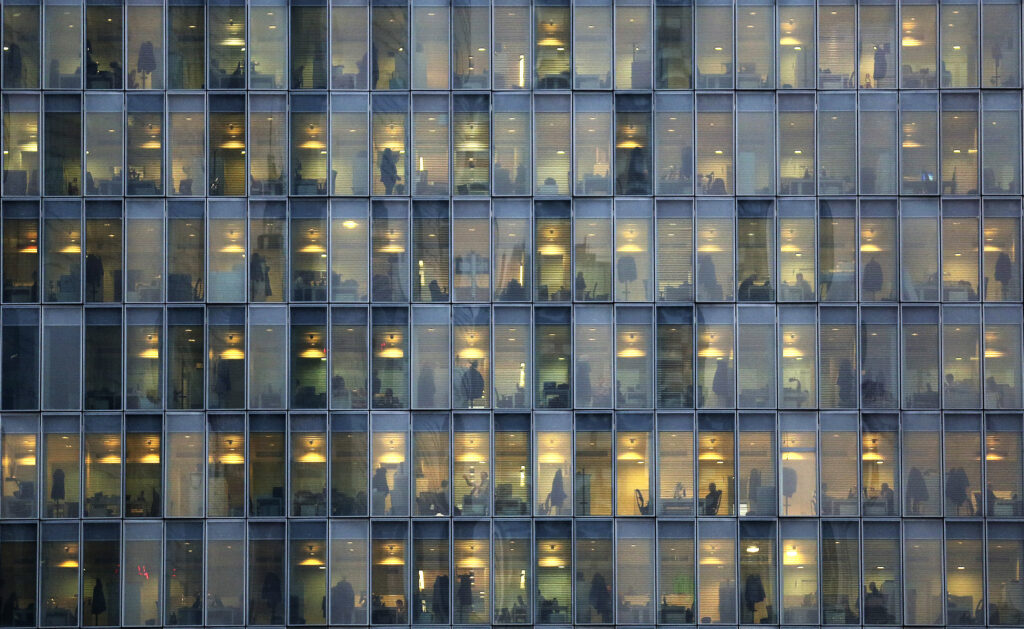
AI Company Data Initiative drives transparency on corporate AI adoption
Now open for company…
Read More
Winners of the 2025 TrustLaw Awards Announced
This week marks the announcement of the 2025 TrustLaw Awards winners,…
Read More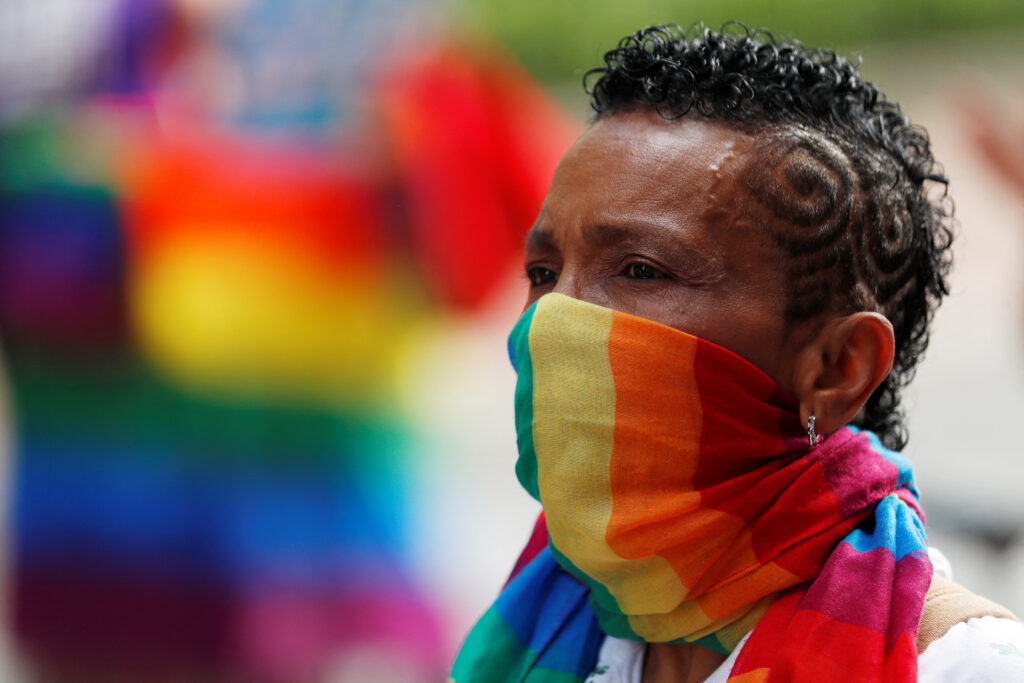
How the Foundation is supporting LGBTQ+ communities worldwide
Over the last year, the Foundation has…
Read More
World Press Freedom Day: the need for the equitable and ethical adoption of AI
AI will be…
Read More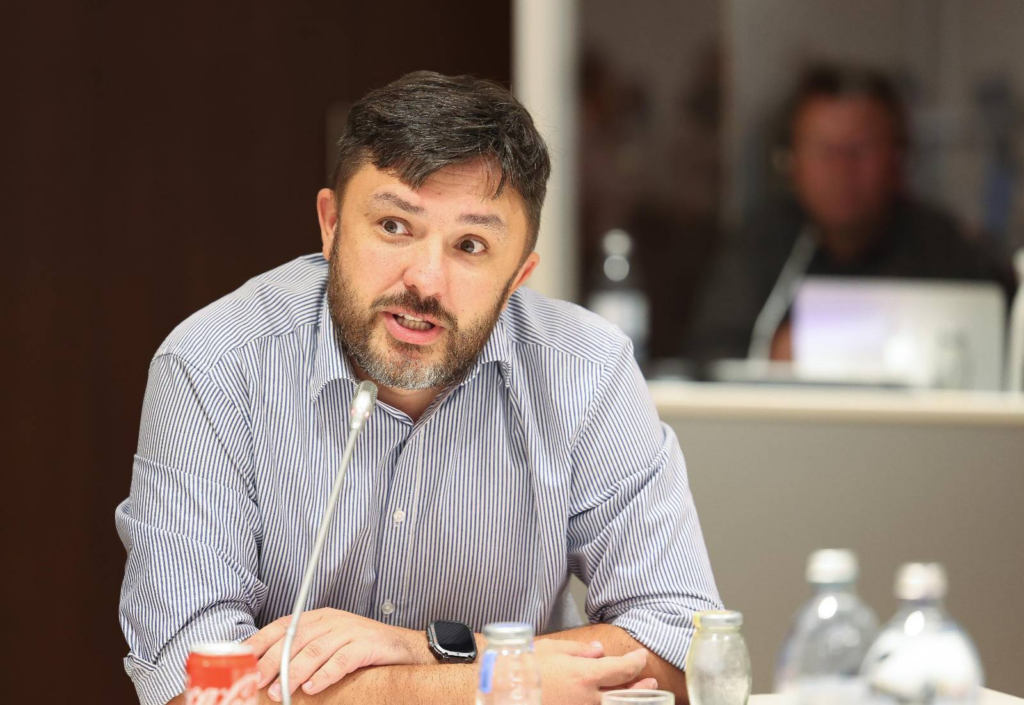
Case study: How an exiled Russian newsroom is using AI to combat news fatigue
Our Media in…
Read More
Five takeaways from the 2025 International Journalism Festival in Perugia
Remarkable solidarity…
Read More
How ‘foreign agent’ laws are silencing independent media
We explore the growing threat of ‘foreign agent’…
Read More

